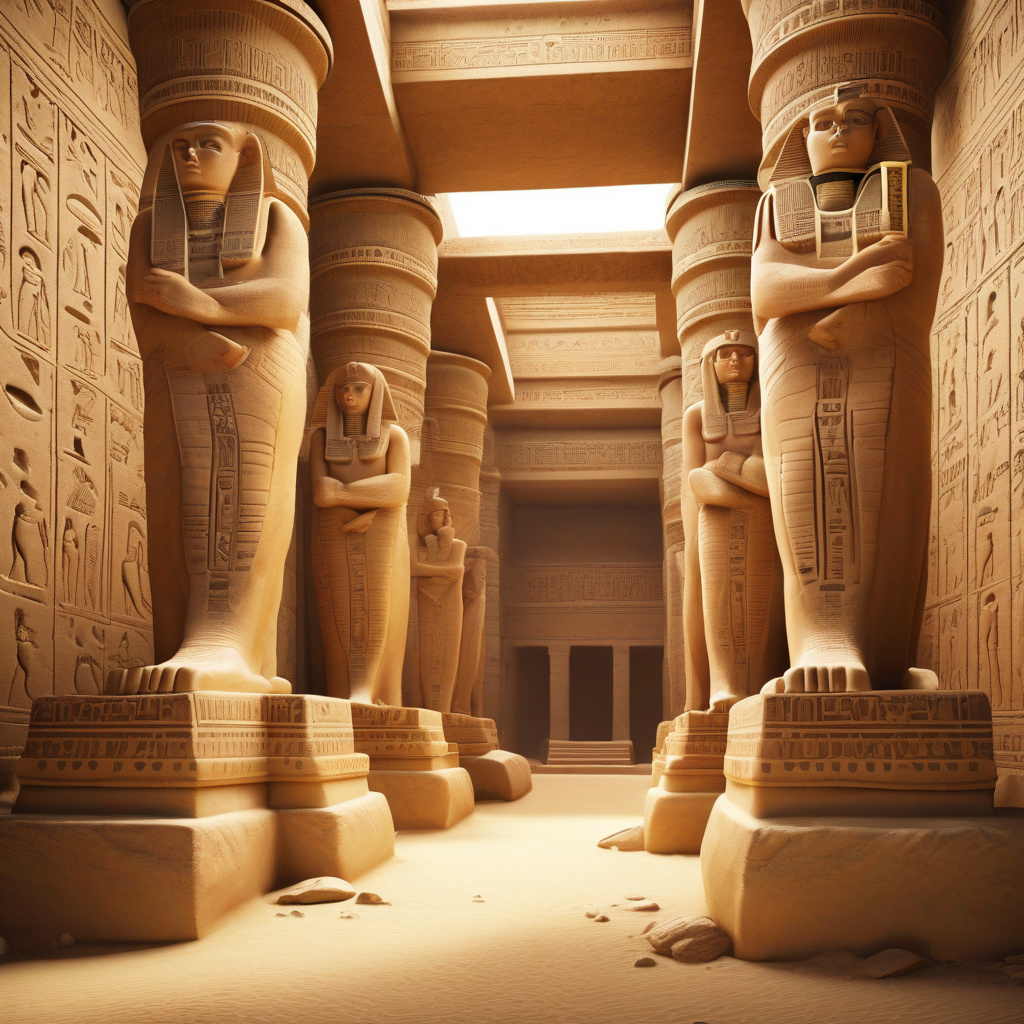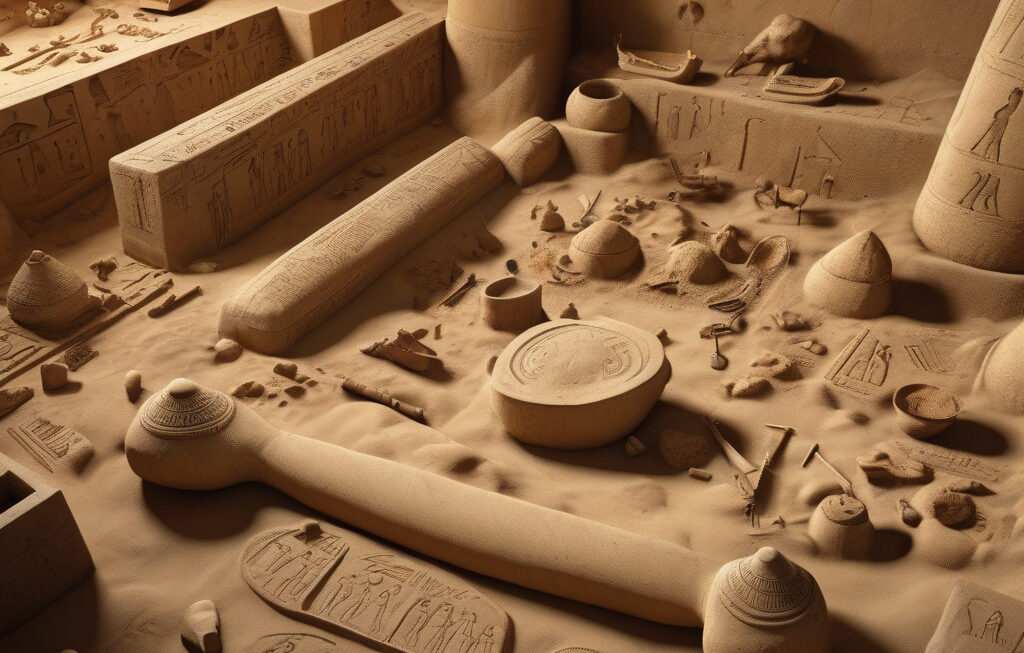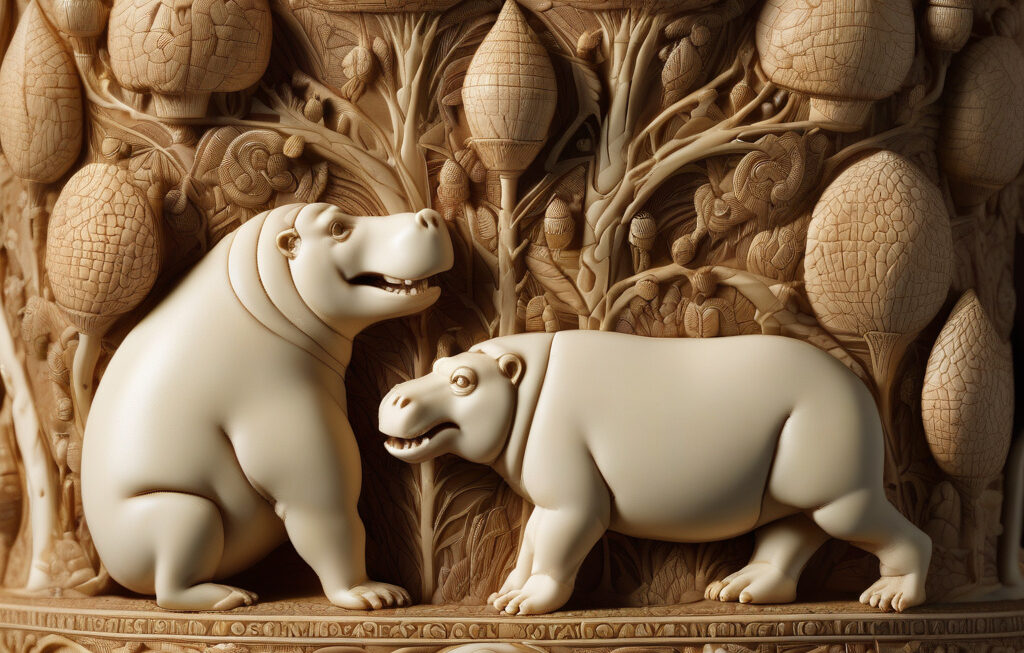2,500-year-old temple reveals ancient lost school ‘House of Life’ in Egypt
New archaeological discoveries at the renowned Ramesseum Temple in Luxor, Egypt, have unveiled a remarkable piece of ancient history – the long-lost ‘House of Life’. This discovery sheds light on the educational practices of the time and offers a glimpse into the intellectual pursuits of the ancient Egyptians.
The ‘House of Life’ was more than just a school; it was a center of learning, where scribes, scholars, and priests congregated to study various subjects ranging from hieroglyphics to medicine. The discovery of this ancient institution provides valuable insights into the educational system of ancient Egypt, challenging previous assumptions and expanding our understanding of their intellectual capabilities.
One of the most intriguing aspects of the ‘House of Life’ is its connection to the Ramesseum Temple, dedicated to the pharaoh Ramesses II. This suggests that education and spirituality were closely intertwined in ancient Egyptian society, with learning and knowledge seen as integral to religious practices.
The artifacts found within the ‘House of Life’ offer a glimpse into the curriculum of the ancient school. Hieroglyphic inscriptions, medical texts, and astronomical diagrams point to a comprehensive education that encompassed various fields of study. The level of detail and precision in these artifacts attests to the advanced knowledge and skills of ancient Egyptian scholars.
Moreover, the discovery of the ‘House of Life’ challenges conventional beliefs about ancient education. Far from being primitive or rudimentary, the educational system in ancient Egypt appears to have been sophisticated and well-developed. The emphasis on literacy, numeracy, and specialized knowledge indicates a society that valued intellectual pursuits and invested in the education of its citizens.
The implications of this discovery extend beyond the realm of archaeology. By uncovering the existence of the ‘House of Life’, we are reminded of the enduring legacy of ancient civilizations and their contributions to human knowledge. The insights gained from this discovery can inspire us to reevaluate our own educational systems and prioritize the pursuit of knowledge and wisdom.
As we marvel at the ancient wonders of the ‘House of Life’, we are reminded of the importance of preserving our cultural heritage and unraveling the mysteries of the past. The legacy of the ancient Egyptians lives on in their architectural marvels, artistic achievements, and now, in the rediscovery of their educational institutions.
In conclusion, the recent archaeological findings at the Ramesseum Temple in Luxor have unearthed a treasure trove of knowledge in the form of the ancient ‘House of Life’. This discovery not only enriches our understanding of ancient Egyptian society but also prompts us to reflect on the enduring value of education and intellectual pursuits. The legacy of the ‘House of Life’ serves as a testament to the timeless quest for knowledge that transcends centuries and continues to inspire us today.
ancientegypt, archaeology, education, RamesseumTemple, HouseofLife












